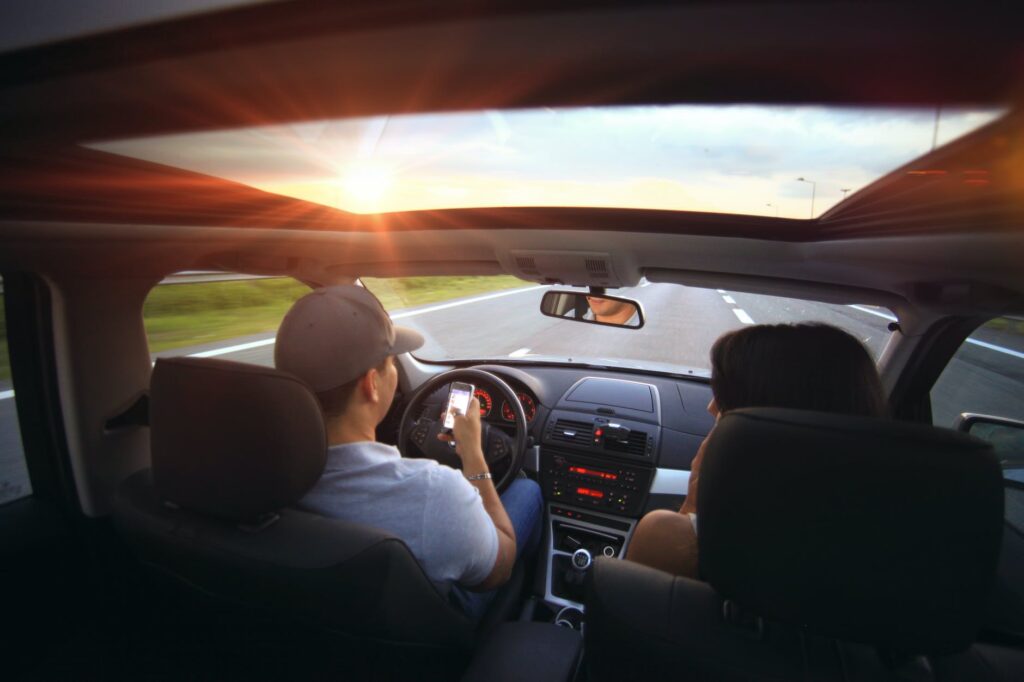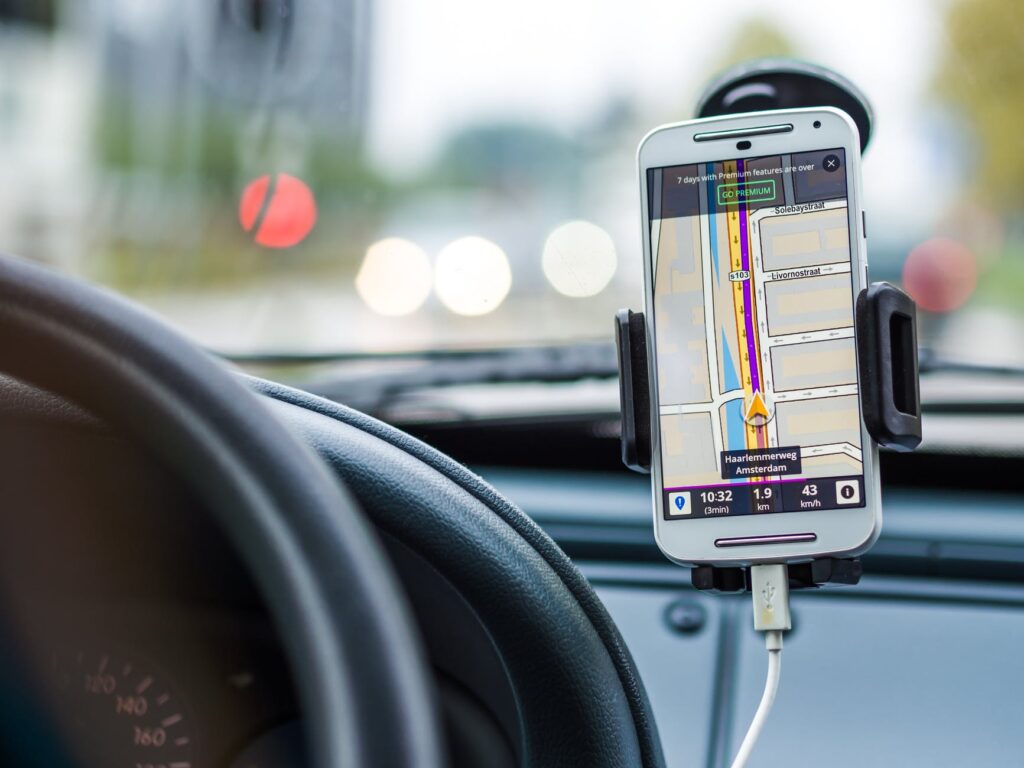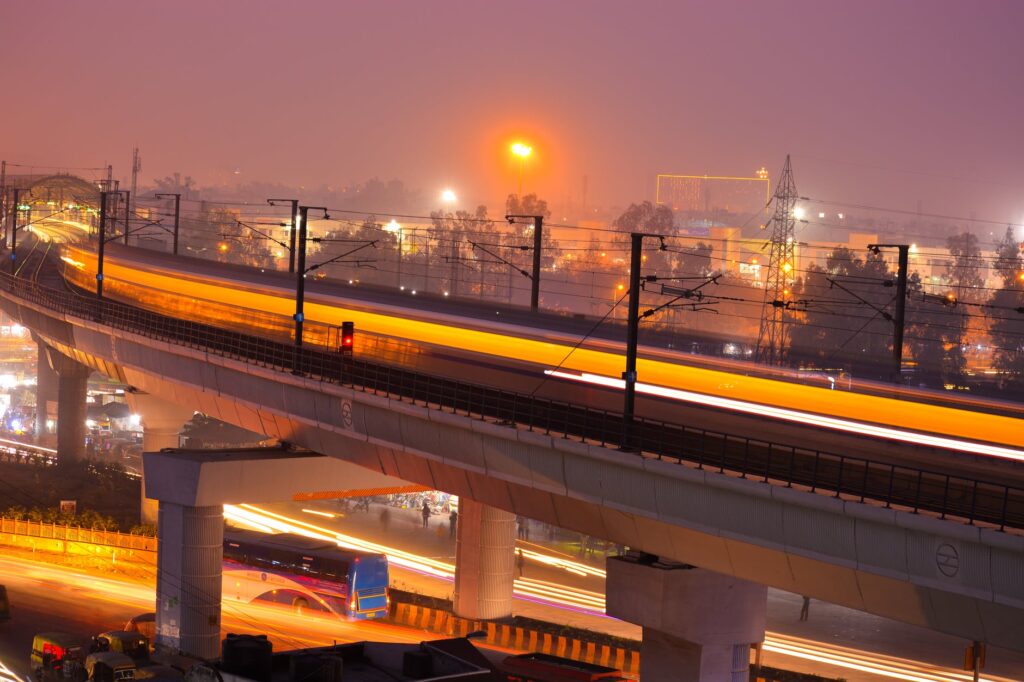It can be a problem to drive a car in a foreign country, and in India, that task is even more difficult. With a population bigger than 1.35 billion people, India is the second most populated country on the planet. Mumbai and Delhi are the two biggest cities in this country, with the second-longest road network in the globe.
For such a population, it is logical for this country to have more than 250 million vehicles on the road. Driving is the most preferred way of commuting for people in India, and almost 60 % percent of the people are using road vehicles to come to their workplaces.
Drivers in India often take risks while in traffic, so it’s no wonder there two times more traffic accidents in India than in the United States. With that in mind, it is logical for lots of foreigners to rent a car with driver included when visiting India. If you are not one of them, you should get informed about all the driving rules in India and local driving customs to stay safe in traffic jams.
First of all, to drive in India, one must have a driving license. To be able to control a vehicle, it is obligatory to have more than 18 years or 16 for some motorcycles under 50 cc. In this country, it is acceptable to drive with an international driving license for a year.
You can control a vehicle with a UK driving license in India if you obtain a special international permit, but make sure to check the state law for the duration of that permit. To get the UK driving license much simpler, check EasyTheoryTest to test your traffic rules knowledge.
Also, it is a smart way for beginners to learn more about traffic. Same as in the UK, people in India drive on the left side of the road. Roads are in good condition, especially in bigger cities, but the maintenance of those roads is not so good.
The maximum speed limit in the country is 140 kilometers per hour. Fastening seatbelt is a rule in the cities, but only advisable in the countryside. Most of the locals never use their seatbelts, and on many vehicles, these are not even functional.

Source: pexels.com
Besides official traffic laws, some unofficial rules make India’s traffic such a unique presence. Traffic lanes are merely a decoration for local drivers, and they are notorious for ignoring those, so don’t get surprised if a taxi driver is driving in the wrong direction.
Even more surprising is that nobody pays attention to these things. Someone cross into the opposite lane just because he feels like it is the most common thing possible. If anyone uses indicators when switching the track, consider it a pleasant surprise.
The speed limit is 140 kilometers per hour, but most of the locals consider it a suggestion, same like seatbelts, and traffic lanes. In bigger cities with traffic jams, everybody will drive below the speed limit, but on free roads without many cars, most of the drivers will go above the limit. And they expect the same from everyone else because driving by the rules there means slowing down the traffic. Expecting almost constant horns is a normal thing in this situation.

Source: pexels.com
Buses and trucks always have the advantage on Indian roads. Not because of any traffic rule, just because they are bigger and you should stop if you want to stay safe. Bus and truck drivers know that, and they drive without waiting for anyone else.
Use a horn in any circumstances while driving in India. In Europe, some may regard as an insult if someone beeps a horn at them, it is a normal behavior in traffic there. Whenever someone is passing another vehicle, he will use a horn beep as a signal that he is here. It is an ideal way for someone to alert others of his presence. If someone gets too close to the car, you should also use it, or else he can crash into your vehicle.

Source: pexels.com
The good thing is that nobody gets upset about so many horns beeping. Drivers in Indian are untypically calm on the road even if someone just almost crashed into them. Although there is a scared to death tourist on the back seat, a local cab driver is still calm.
It is probably the experience cumulated with years driving on high crowded roads in Delhi or Mumbai. Because of that, small collisions happen all the time on roads in India, and most of the people barely pay attention to it. Small dings are a common thing, and you can see that on many vehicles.
In India, if someone is low on gas, they don’t fill the tank themselves, and the gas station workers do it. Your job is only to say what kind of fuel the vehicle needs and how much you want. Say it in gallons, not liters. Don’t forget that cows are holy animals in India, and they act as they know. It is common to see a bull in the middle of the streets and cars driving around him. There is almost no way of moving him from there, no matter how hard you press the horn.

Source: pexels.com
If you are a first-time driver on the streets in India, there are some guidelines you should follow to stay safe. First of all, be slow. There is no need to drive like someone is chasing you to reach the destination. A few minutes more won’t change anything. Take your time and don’t mind the horns, because you could feel the pressure to hurry up.
Controlling a vehicle in India is challenging, but when someone masters it here, they can drive anywhere. Indian drivers are both the best and the worst in the World, and they owe it unofficial rules and calmness. It all comes with experience, so driving a car as a foreigner in India is something to try and see if it is manageable. If it is, you are one great driver.

